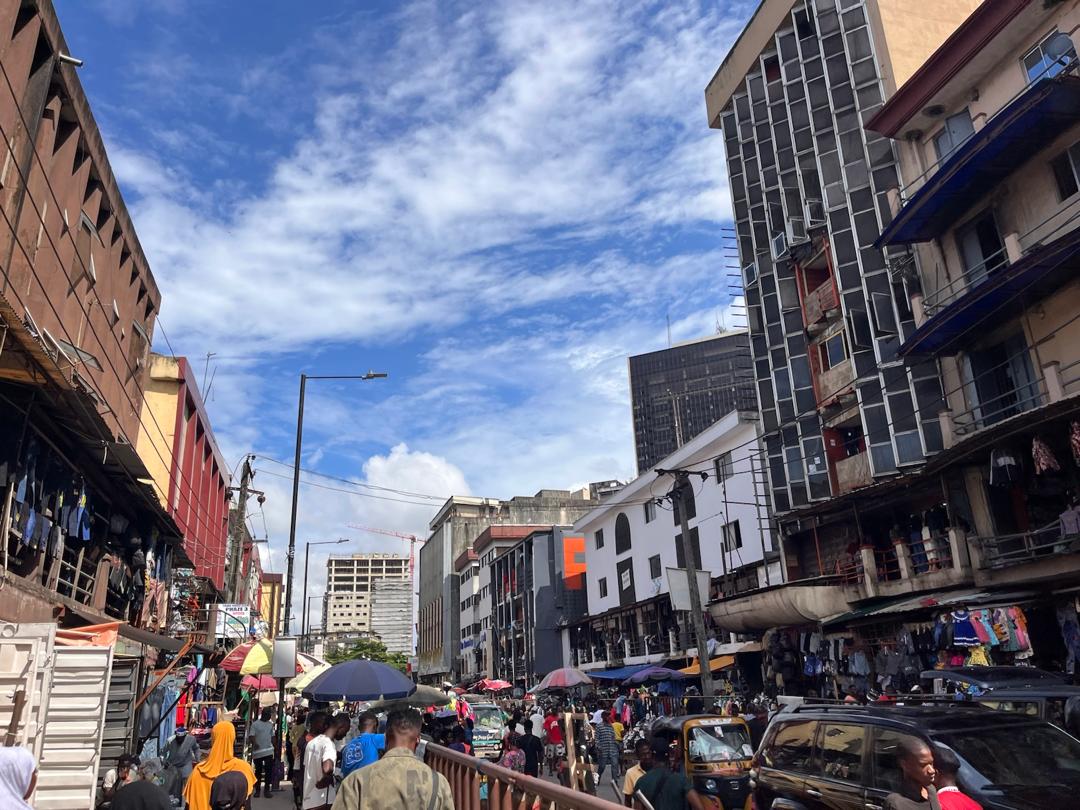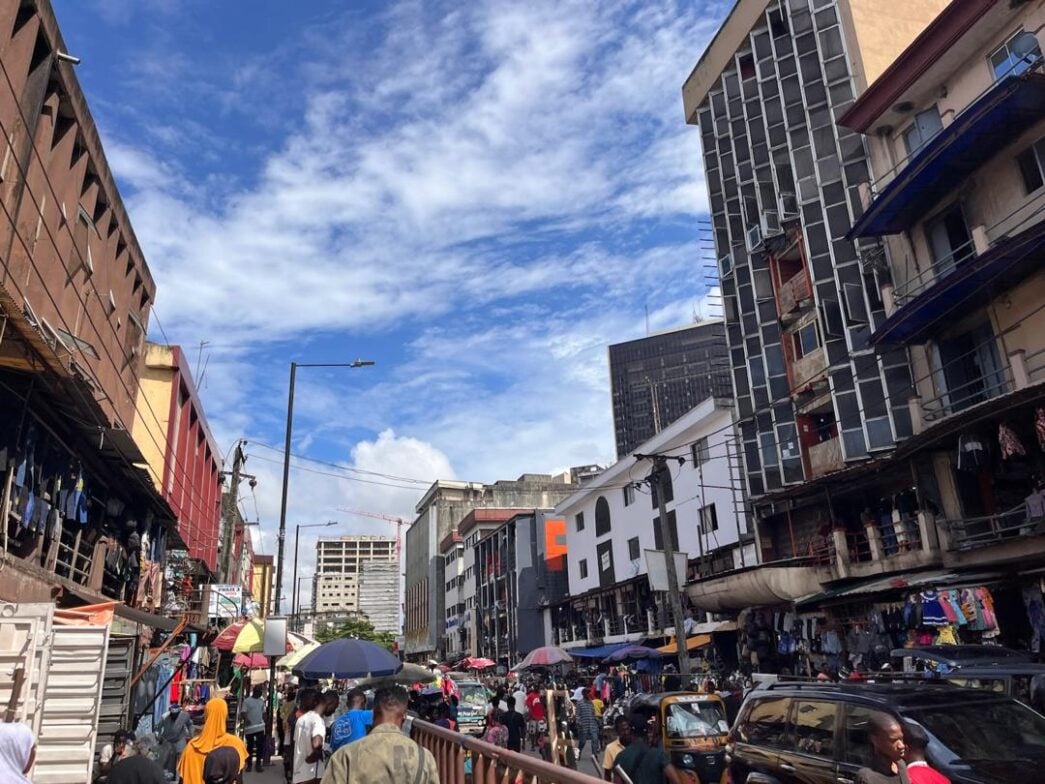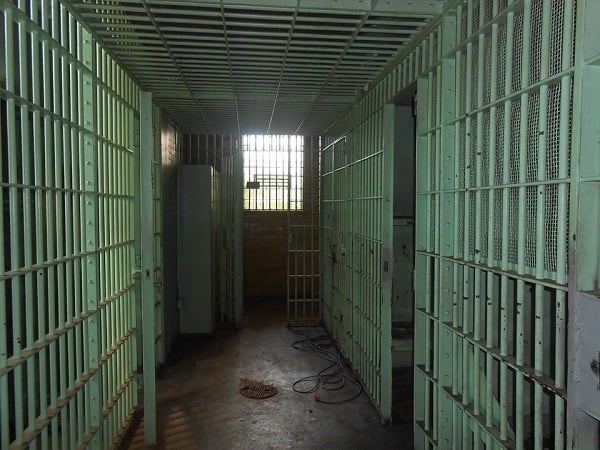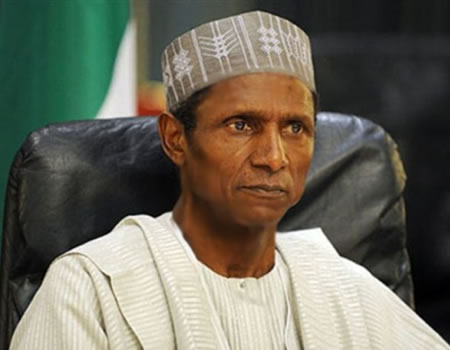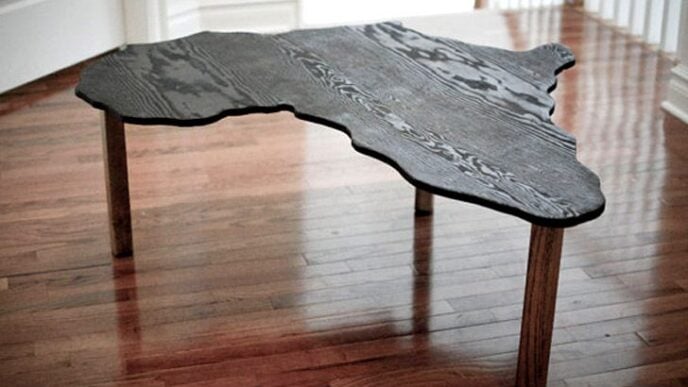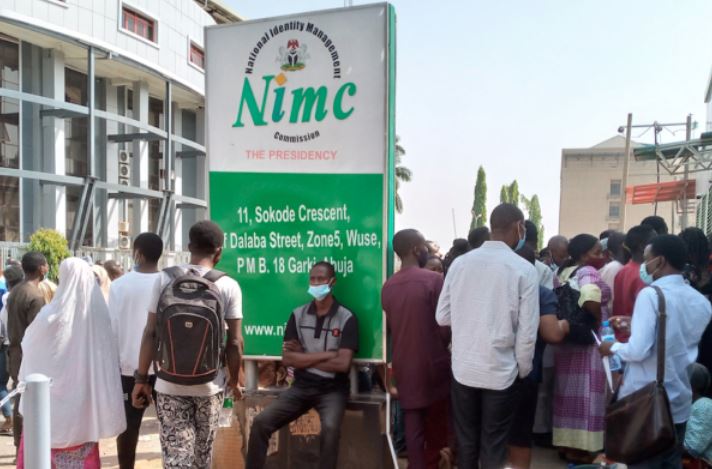BY GBENGA ONABANJO
In today’s harsh economic climate, both globally and locally, the average citizen is desperate for a hedge against uncertainty. With inflation biting hard, the naira depreciating daily, and reforms by the current government making life even more strenuous, Nigerians are searching for the safest and most lucrative investment options. Unsurprisingly, real estate continues to stand out as the favoured choice. Land, after all, rarely loses value — or so the thinking goes.
But beneath the glittering promise of high returns lies a silent crisis brewing across cities like Lagos. The real estate boom, which could have been a blessing, is turning into a burden. The unchecked pursuit of profits has transformed what should be sustainable urban development into a frenzy of overcrowded plots, blocked drainage, disappearing greenery, and, ultimately, a collapsing quality of life. The city is fast becoming a concrete jungle — a tangled mass of structures with little breathing space.
The ROI Temptation
Advertisement
Investors — large and small — often view Lagos as a goldmine. With its growing population, housing demand is ever-increasing. For the property developer, a plot approved for two family units becomes an opportunity to squeeze in six, even eight. Building codes and planning regulations are ignored or manipulated. Open spaces are sacrificed. Drainage and power systems, already fragile, are overwhelmed. The focus shifts entirely to maximising Return on Investment (ROI).
In this equation, the city and its residents lose. Privacy vanishes as homes rise wall to wall. Natural light and airflow — essential for healthy living — are sacrificed. With concrete covering every inch of land, even a light rainfall can flood entire streets. Aesthetics, comfort, and liveability become casualties in the race to cash out.
The craze for ROI has dulled creativity. Developers are throwing up oversized, characterless structures at an almost epidemic scale, ignoring context, culture, or climate.
Advertisement
Greenspace: The Silent Casualty
One of the most overlooked aspects of this development model is the eradication of green spaces. Trees, gardens, and landscaped areas are viewed as luxuries — not essentials. Developers often justify their absence by citing maintenance costs or claiming buyers prefer paved surroundings for parking. Yet, this mindset reflects what many urbanists call a “poverty mentality” — the belief that comfort and nature are expendable when profit is at stake.
Ironically, the richest cities in the world — from Singapore to Vancouver, Amsterdam to Melbourne — have the most generous green spaces. These cities understand the science and value of green infrastructure. Trees reduce heat, absorb carbon, and improve air quality. Parks encourage exercise, community interaction, and mental wellbeing. Gardens reduce flooding by increasing soil permeability. The benefits are too numerous to ignore.
By contrast, Lagos is heading in the opposite direction. Sidewalks are vanishing. Every inch of land is tiled over. Once-leafy neighbourhoods are stripped bare. Instead of transforming into a 21st-century megacity, Lagos teeters on becoming the world’s largest designer-laced urban slum.
Advertisement
The Human Cost of the Concrete Jungle
The consequences are not just environmental; they’re social and psychological. Poorly planned urban spaces breed stress, crime, and ill-health. Children grow up without safe places to play. Seniors have no shaded walkways or public benches. Homes are hotter, noisier, and more isolated. Communities break down when concrete walls separate neighbours and destroy communal life.
Then there is the health dimension. Urban heat islands — areas where temperatures are significantly higher due to lack of vegetation — are multiplying across Lagos. Air pollution worsens. Respiratory illnesses become more common. All because the need for fast financial returns has eclipsed long-term sustainability.
Can Local Governments Reverse the Slide?
Advertisement
By the time this article is published, local government elections would have been concluded in Lagos. A new set of leaders would be settling into office. But a key question remains: are they structured or equipped to lead the reversal from concrete jungle to green oasis?
The answer lies in how seriously local governments embrace their renewed autonomy. With support, they can enforce planning laws that promote green infrastructure, encourage responsible building practices, and reclaim the public realm for nature and people.
Advertisement
Even more importantly, they can begin a conversation. A fresh wave of civic engagement — built around the idea that our surroundings matter — should begin to emerge. It should start subtly: neighbourhood cleanups, repainting public spaces, planting trees.
And from those first small acts, something larger may be born — a city-wide reawakening that dares to imagine Lagos not as a concrete prison, but as a living, breathing, flourishing urban oasis.
Advertisement
To be continued.
Onabanjo, an architect, environmentalist and urban policy advocate, is the founder of GO-FORTE FOUNDATION – an NGO for the restoration of the environment.
Advertisement
Views expressed by contributors are strictly personal and not of TheCable.
